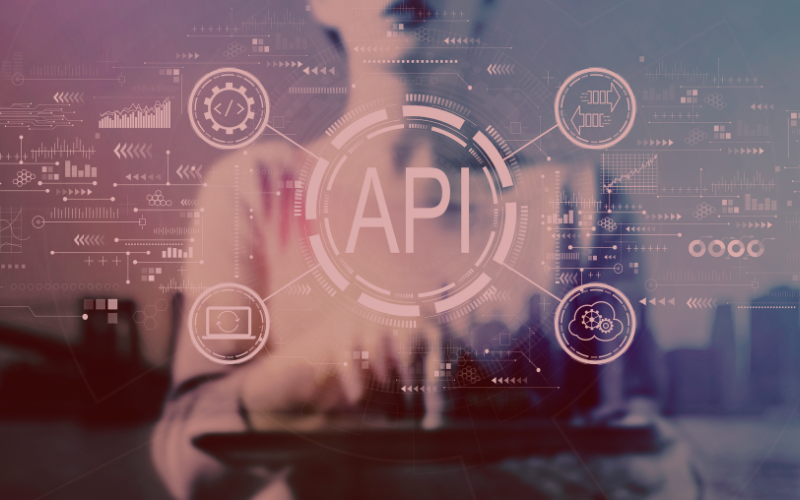Democratization of cyber attacks
By Eduard Bardají on Jun 18, 2024 7:56:02 AM

In a previous article, we talked about Petam.io, the automatic online scanner we have developed to detect security breaches as a tool to democratize cybersecurity.
For us, making cybersecurity accessible to everyone (both technical and non-technical users) is the main challenge that the cyber industry should address. It's a way to prevent cyber attacks more effectively.
Accessibility, affordability (in economic terms), and customization should be the main characteristics of a specific cybersecurity tool.
Thanks to technological advances, such as the development of Artificial Intelligence as we know it today, they have contributed to this democratization of cybersecurity. However, it has also led to a democratization of cyber attacks. This is a topic that in the coming months and years will pose a challenge for the cybersecurity industry.
“Democratize”
The concept of democratization arises from the need to make some aspect of our daily lives accessible and achievable for everyone, with the goal of improving it.
In cybersecurity, this democratization occurs when a tool or service becomes accessible to any type of user and organization.
Democratization of cyber attacks
When we talk about the democratization of cyber attacks, we mean that, like cybersecurity, now the launching of threats or cyber attacks, due to the development and growth of Artificial Intelligence, is within everyone's reach.
Actions and projects that less than five years ago were done manually can now be performed automatically without the need for deep programming knowledge.
Identity theft or the drafting of phishing messages are the most common uses of Artificial Intelligence for launching attacks today.
In the following link, you can see examples of cyber attacks launched and developed using Artificial Intelligence.
Artificial Intelligence, good or bad?: The endless debate
Artificial Intelligence is like everything else, it's not black or white, but rather gray. It has good aspects and not-so-good ones.
For example, it's not only used for launching cyber attacks, but it's also a good fighter in preventing attacks.
Cyber attacks are becoming increasingly sophisticated and difficult to detect. In the face of complex threats, elaborate and equally sophisticated solutions are needed. These are aspects that Artificial Intelligence offers us.
Thus, Artificial Intelligence becomes a powerful ally in protecting a system or IT infrastructure against any threat (Zero-Day threats, detection of irregular behaviors, assessing the cybersecurity of a system, etc.).
In the following article, we discuss in detail some uses of AI for attack prevention.
Other tools and techniques that have facilitated the democratization of cyber attacks
But it's not only Artificial Intelligence that is driving the democratization of cyber attacks; there are other techniques and tools that are facilitating this phenomenon.
The Dark Web
Currently, on the Dark Web, you can find all kinds of cyber tools and services such as: exploit kits, ransomware-as-a-service, and hacking services, available to anyone willing to pay for them.
The automation
The automation of processes has allowed cybercriminals to conduct large-scale operations with minimal effort. An example would be brute force attacks.
Forums and online communities
There are forums and online communities where cybercriminals can exchange information, share techniques, and collaborate in launching cyber attacks.
Atacks as a Service (AaaS)
There are cybercriminal organizations. They sell their hacking services as if they were a normal company, with the aim of launching requested attacks for third parties.
Challenges and obstacles of the democratization of cyber attacks
This democratization poses significant challenges for cybersecurity, as it increases the number of actors who can launch a cyber attack. Therefore, organizations involved in the cyber industry must work together to address these risks, responding with tools, strategies, and policies and protocols adapted to current and future technological needs.
To achieve this, the development of new tools that respond to the concept of democratization is key.
At ESED, we are already working to achieve this with the development of our own tools stemming from various needs identified in our clients. A first step has been the launch of Petam.io. The next step will be to have a new tool for data leakage prevention, which is currently in production.
Working together, raising awareness, and training are fundamental aspects of any prevention strategy. We should not fear cybercriminals; they should fear us.
You May Also Like
These Related Stories

API attacks in Retail environments

All types of Phishing attacks




.png?width=262&height=150&name=accio-10-negre%20(1).png)

